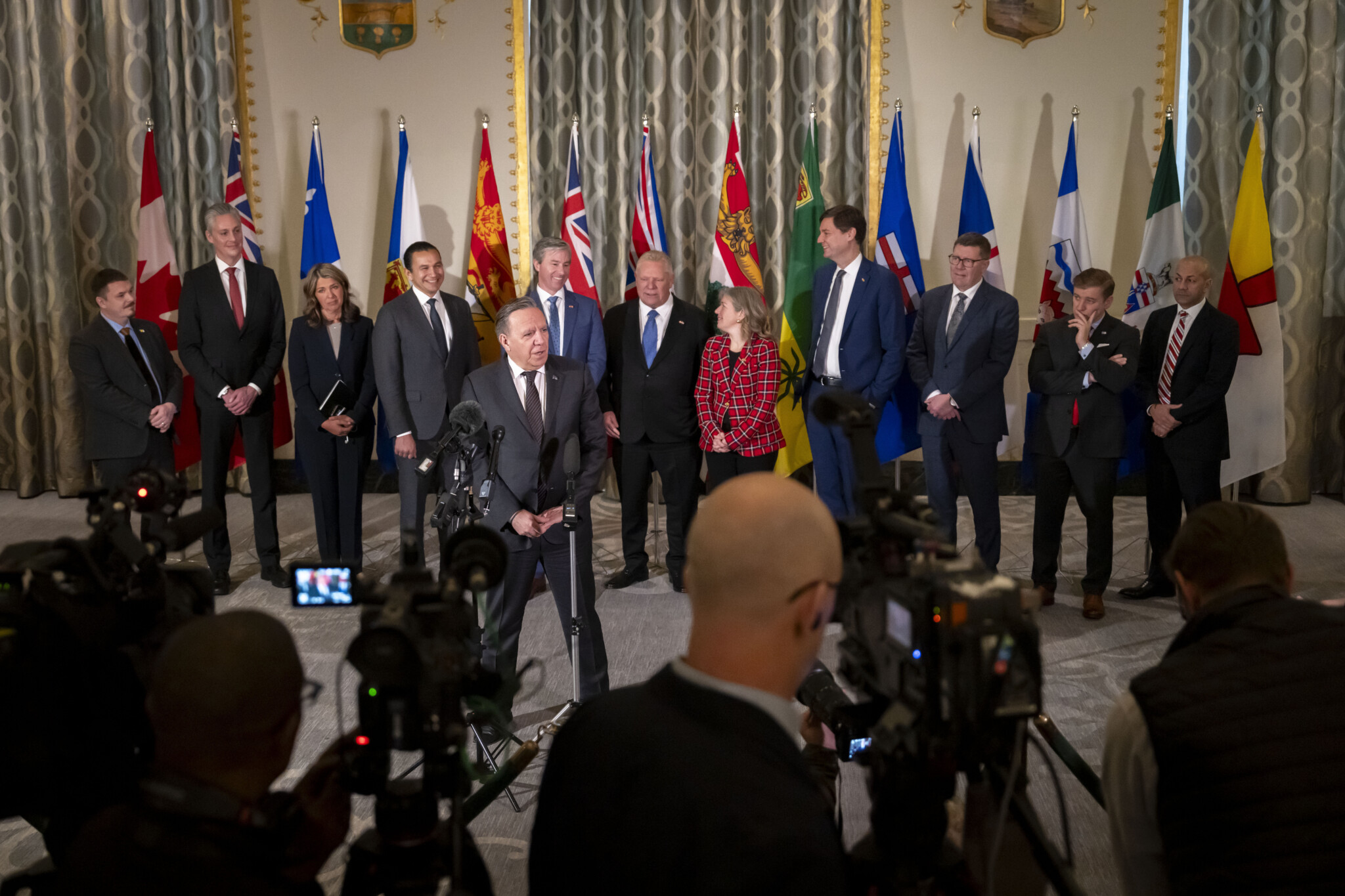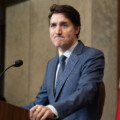In the latest episode of Trump’s Trade War, The Hub’s publisher Rudyard Griffiths speaks with Trevor Tombe, professor of economics at the University of Calgary, to discuss Pierre Poilievre’s interprovincial trade plan and how it can be improved.
To read Trevor’s full analysis, click here.
Key points:
- Carrots with challenges: Poilievre’s proposal to offer “free trade bonuses” to provinces that reduce interprovincial trade barriers is appealing but faces challenges, including the need for large financial incentives and the difficulty of measuring productivity gains.
- Tying existing transfers to trade reform: Tombe suggests using existing federal transfers, such as the Canada Health Transfer, as leverage to encourage provinces to eliminate trade barriers. This approach would be more cost-effective and avoid adding to the federal deficit.
- Entrenched interests and political challenges: Internal trade barriers persist due to entrenched provincial interests, such as licensing bodies and local businesses that benefit from protectionist policies. Overcoming these barriers requires political courage and a more assertive federal approach.
In the latest installment of Trump’s Trade War, Trevor Tombe, an economist at the University of Calgary, analyzed Poilievre’s proposal to boost interprovincial trade in Canada. While acknowledging the appeal of Poilievre’s plan, Tombe highlighted its potential drawbacks and proposed an alternative approach to breaking down Canada’s internal trade barriers.
Poilievre’s plan aims to create incentives for provinces to reduce interprovincial trade barriers by offering increased federal transfers, dubbed a “free trade bonus,” to provinces that take steps to liberalize trade.
The idea is to tie these bonuses to the resulting productivity gains from freer internal trade. “In principle, it’s a really good idea, offering carrots to provinces,” Tombe said. However, he cautioned that the size of these incentives would need to be substantial to motivate provinces to change their behaviour, and the federal government’s strained finances could make this approach difficult to implement.
Tombe also pointed out the challenges of accurately measuring productivity gains and the potential for disputes between federal and provincial governments over the size of these gains. Instead of adding new transfers, Tombe proposed a more cost-effective and assertive approach: tying existing federal transfers, such as the Canada Health Transfer, to the elimination of interprovincial trade barriers. “We could say you don’t get that transfer at all unless you recognize the health credentials from any other province as valid for your own,” he explained. This approach, Tombe argued, would create the same incentives as Poilievre’s plan but without adding to federal spending.
Generative AI assisted in the production of this story. If you are quoting from or referencing this episode, please refer to the audio to verify.








